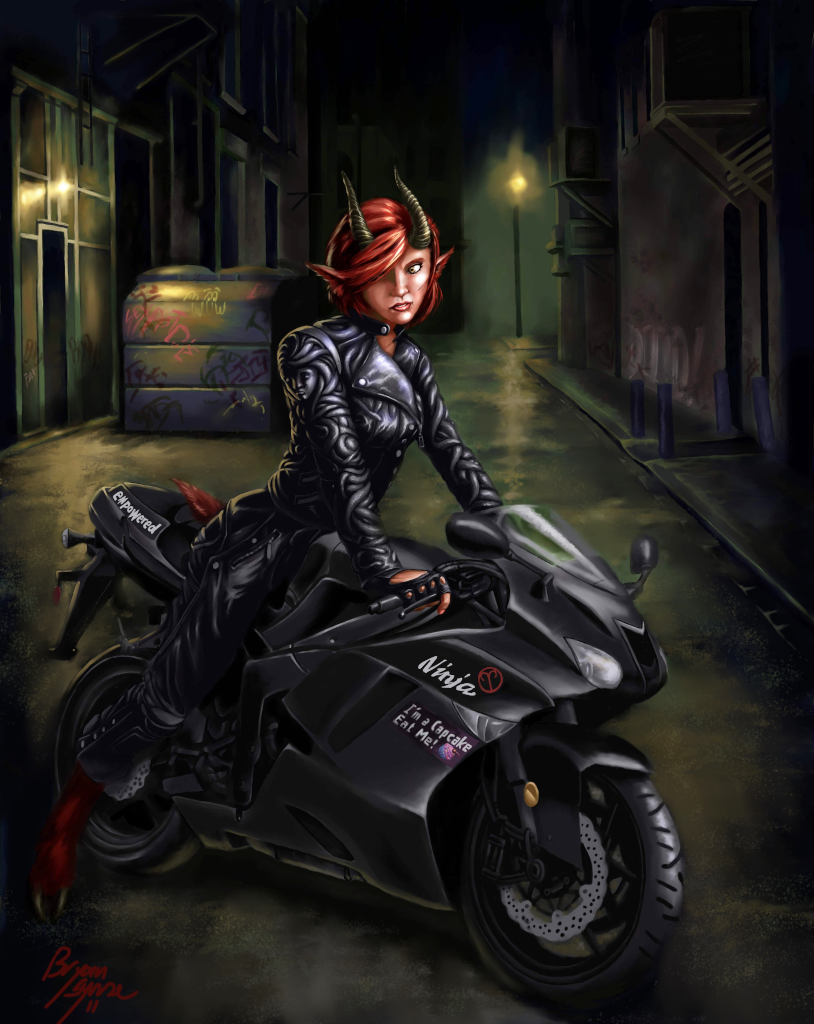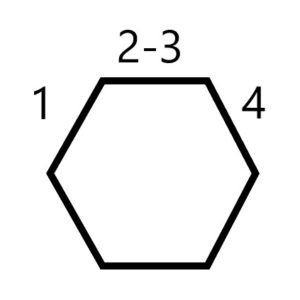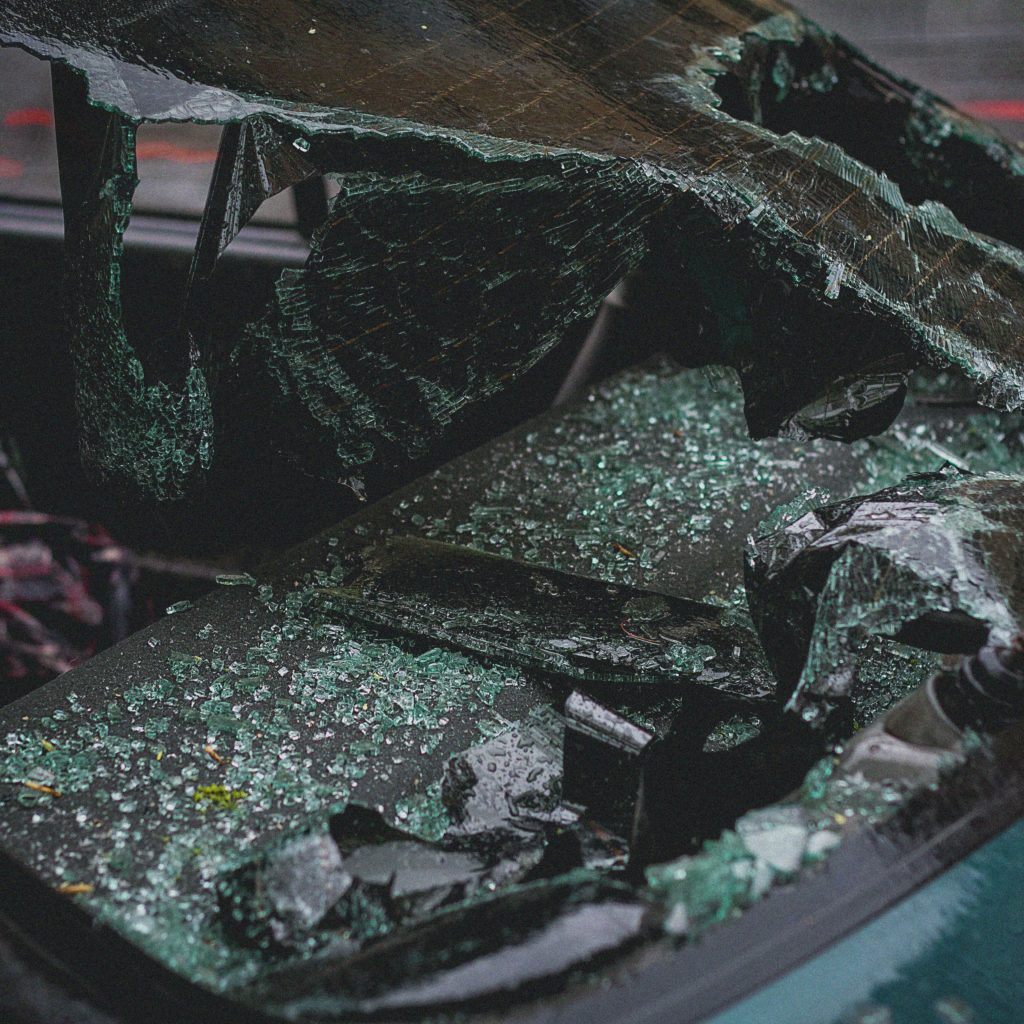
If computers have defined our current age of man, then the internal combustion engine is what defined the world just before that.
Cars are an integral part of modern society and therefore an essential part of Dusk Veil. They are the primary mode of transportation, and a whole lot of fun when used for combat. Vehicle rules in Dusk Veil are not meant to be a perfect simulation but meant to reproduce the exciting chase scenes we see in movies and TV shows, while still fitting into the general rules for Dusk Veil and Pathfinder Second Edition.
Many of these rules will use the Pilot Skill discussed previously
There’s a lot of rules to get through, so I’m going to jump right in.
Vehicle Movement.
With the speeds that cars are going, it makes no sense to try to have them resolve turn-by-turn combat on the same grid as creature combat. Even at 35mph, a car would go 60 squares in a standard six-second round. At this speed, vehicles would be moving off any reasonably sized map in less than a turn.
Instead, we will use a different scale for vehicles. One hex will equal 75 feet. This gives us the rough approximation that a vehicle can go one hex every turn for every 10mph it is going. So 30mph would be 3 hexes, and 100 mph would be 10 hexes.
For simplicity, vehicles will have their speed listed in two ways. Normal cruising speed, and top speed. These will be listed in hexes per turn. So, a normal modern sedan might have a speed of 6(9). That means it can go up to 6 hexes in a normal turn, or 9 hexes when being pushed to top speed.
You’ve probably noticed I’ve been using “hex” instead of “square” for describing vehicle movement. Because facing matters with vehicles (unlike normal combat), I prefer to use hexes as they allow for better directional combat and turning. If you don’t want to use hexes, these rules will work just fine for squares. Just remember that diagonals are 1.5 squares, per the normal rules for movement.
There are a lot of battle maps that have a grid on one side and hexes on the other, whether you want premium or something a little different , so I recommend giving it a try. But what works at your table is what works best.
Determining Scale
Vehicles can occupy the same hex at this scale. For determining range increments for weapons, assume that the vehicles are in the center of their hex and determine range from there. Here’s an example. If you are shooting a pistol with 30ft range into an adjacent hex, assume it is 2 range increments away, because 75 ft would be more than 60ft but less than 90ft, even though the vehicles could be up to 150ft apart. If you are shooting a Heavy Combat Rifle with a range of 80ft in the same situation, it is within the first range increment. Shooting a pistol at a vehicle in the same hex as the one you are firing from would also not accrue a range penalty.
While this scale means objects are harder to place, the GM can decide if there are obstacles the driver needs to avoid. These may require a Pilot check or might be avoided using specific maneuvers.
While moving, a vehicle can make turns, altering its forward movement direction. One turn changes a vehicle’s forward facing by one side of a hex. A vehicle must move a certain number of hexes before each turn, determined by its maneuverability. For example, a vehicle with average maneuverability making two turns in a round must move at least 2 hexes before its first turn, and at least 2 more hexes before its second turn. If a vehicle has perfect maneuverability (the distance between turns is 0), the vehicle can make two turns for each hex that it moves.
| Maneuverability | Required Movement for Turning |
|---|---|
| Poor | 3 |
| Average | 2 |
| Good | 1 |
| Perfect | 0 |
When entering encounter mode, initiative is rolled as normal. In most cases, the driver will roll Pilot for initiative, but this can change as per the normal rules for intitiative.

Actions
Passengers within a vehicle have a few choices. They can use their turn to attack using normal rules for attacking. They can also spend actions to take cover. This represents them ducking down below the windows or even further into the floorboards to avoid incoming fire. You can use the Take Cover action to get standard cover, Drop Prone to get Greater Cover. You cannot fire at another vehicle if you are Prone.
Note that passengers may already receive light cover just from being in a vehicle.
Passengers can otherwise take any action they normally could (such as casting a spell, drinking a potion) as long as they could do so in a moving vehicle. They do not have their own move speed, instead, they move when the vehicle moves.
Drivers.
Drivers are more limited in what they can do. A driver must spend two actions to maintain course. They can keep a vehicle moving at its standard cruising speed or less. The vehicle will move its full moves every turn as long as the driver is actively driving it.
The remaining action can be used for any of the following actions
Attack [one-action]
A driver can attack as per normal.
Push it [one-action]
A driver can use their third action to push a vehicle faster. The vehicle can move up to its top move speed. The DC for all drive checks, including maneuvers, is increased by +2 when pushing a vehicle.
Maneuver [one-action]
A driver can spend an action to do any maneuver they are capable of attempting.
Specific maneuvers will be covered in our next blog entry. Check back next week.
Defensive driving [one-action]
You drive in a way to avoid being hit by other vehicles or incoming fire. Add +2 to the AC for the vehicle. Normally a Vehicle has an ac of 10 + driver’s Pilot skill
Stop [one-action]
A vehicle stays in motion once it is going. You must spend an action to stop it. It takes a vehicle half as many hexes as it moved last turn to come to a safe stop. So, if last turn you went 6 hexes, if you stop on this turn it takes 3 hexes to come to a safe controlled stop.
If a driver becomes disabled or willing gives up control of a vehicle, it becomes Out of Control. An Out of Control vehicle begins to lose speed. Its moves 2 fewer hexes than it did in the previous round. This continues until it either crashes or runs out of speed. For instance, if it was going 6 hexes, it will go 4 hexes, the next round it will go 2 hexes, and the following round it will be stopped.
An Out of Control vehicle also moves in a random direction. Roll 1d4 and determine the direction as per the following diagram. Roll every turn for a new direction.

As an optional rule, if you really want to emphasize the out of control nature, you can roll on this diagram for every hex. This will take a little longer and be much more random, but it could be fun

What happens when a car crashes?
While rules for Vehicles already exist, they assume lower technology vehicles, especially vehicles that are moving only marginally faster than walking speed. In light of that, some changes needed to be made to collision rules.
When a vehicle runs into an object that causes it to come to a stop (i.e. a wall, a tree, a lamppost, a stationary car, or one moving in the opposite direction, etc.), both the vehicle and the object take bludgeoning damage as determined by the vehicle’s collision damage. Both apply hardness, per the usual rules for damaging objects. This damage is increased by another 5 for every hex the vehicle moved on its last turn. So, if a car goes 6 hexes on turn 1, then on turn 2 runs into an oncoming truck, both vehicles take the collision value +30 damage. All occupants inside the vehicle get a basic reflex saving throw against the same amount of damage. The DC is 15 + the number of hexes moved, or 21 in our previous example.
Example: A driver of a sedan has Sleep cast on her after she has been driving at a speed of 6, and loses control of the vehicle. The GM rolls a 1d4 to determine their direction and gets a 1. The car careens off to the left and smashes into an overpass. The GM rolls 2d10+30 and gets a 41. The vehicle takes 31 points of damage, because its hardness is 10. The two passengers get basic reflex saving throws, the driver takes -4 to this because they are unconscious. Passenger 1 gets a 22 and takes 20 points of damage (half of 41), passenger 2 gets a 31, critical success so they take 10 points of damage. The driver rolls a total of 13 and takes all 41 points of damage.
If the object the vehicle hits is easily moved (a creature, fruit cart in a chase scene) it gets a basic reflex saving throw against the damage. The DC is equal to the Driver’s Pilot DC (Pilot skill + 10). The vehicle takes half the damage dealt (minimum 1). The occupants treat their basic reflex saving throw as one degree of success better.
Example. A driver with +7 Pilot decides to ram a troll at 50mph. The Troll rolls a reflex saving throw against DC 17. The troll gets an 18, and therefore takes half damage. The driver rolls 2d10+25 and gets 36. The troll takes 18 damage and the vehicle takes 9 (half of 18) minus its hardness of 10, so only 1 point of bludgeoning damage (because the minimum is 1). The driver makes a reflex saving throw and gets a 15, which is a failure, but they treat it as one step higher, which in this case is a success, so they take 9 points of damage (half of 18).
Ramming a moving vehicle works much the same way. You roll a Pilot check against the vehicle’s AC. The damage is calculated based on the speed of both vehicles. The speed of the defending vehicle is subtracted from the speed of the attacking vehicle. If a car going a speed of 6 hits a truck going 5, the damage is 2d10+5 (as if a speed of 1). Both vehicles take half damage as if hitting a moveable object. A critical success on the attack negates the half damage for the defending vehicle.
Ok. That’s a lot of rules for this entry. So, we’ll go over Maneuvers and specific vehicles next week. If you’re itching to play these rules right away, here’s a few baseline rules. Most vehicles have an AC of 12 + the driver’s Pilot Skill. Maneuvers should cause a loss of speed, usually 1 or 2, and some have a number of hexes you must go before pulling off the maneuver. A motorcycle has a hardness of 7 and 30 hp and does 2d6 Collision Damage, a typical sedan has hardness of 9 and 35hp and does 2d10 Collision Damage, and a Gargantuan truck, like a Tractor Trailer, has a hardness of 15 and 80HP and does 6d8 Collision Damage
Rules for Maneuvers are now up. Find them here.
I have 20+ years of experience running and playing various Tabletop RPG’s and a BA in English and Creative Writing. I have written freelance for several tabletop games, including Pathfinder 2e, but Dusk Veil is entirely my own creation.
Besides TTRPGs, I love cosplay, Nerf Wars, comic books, all things post-apocalyptic, and am an avid DIYer (including making my own tabletop terrain and props)